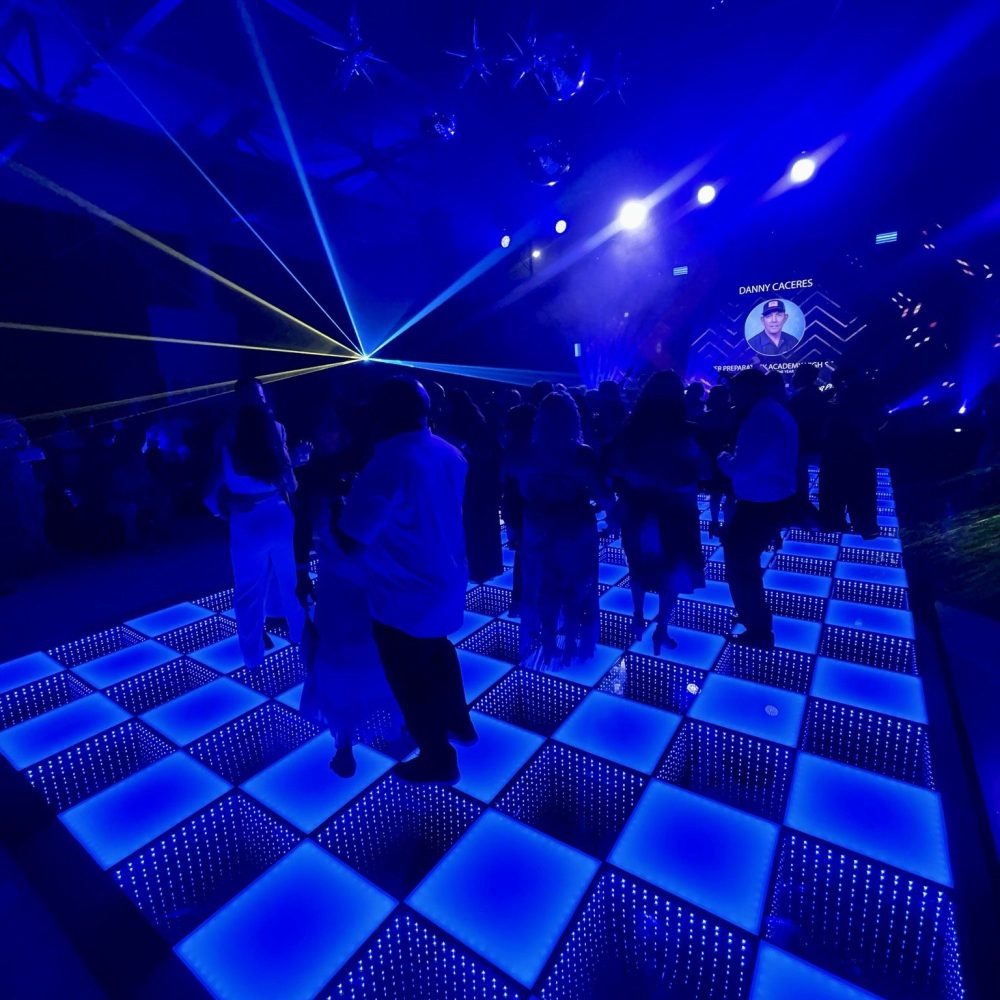Investigating the Advantages and Disadvantages of Timber and Vinyl Performance Floor Components for Optimal Functionality and Visual Appeal
Investigating the Advantages and Disadvantages of Timber and Vinyl Performance Floor Components for Optimal Functionality and Visual Appeal
Blog Article
As it comes to selecting the appropriate dance floor substance, timber and synthetic are two popular options that dancers and studio proprietors often evaluate. Each material has its own unique advantages and drawbacks that can affect performance, security, and visual appeal. Understanding these differences is crucial for arriving at an informed decision that satisfies the requirements of dancers and enhances the general experience in a dance space or showcase space.
Timber dance floors are often preferred for their traditional look and texture. They provide a natural area that can absorb shock, which is advantageous for dancers who execute intense movements. The flexibility of timber helps minimize the chance of harm, such as twists and strains, by providing a supportive area. Additionally, timber floors can be refinished, allowing them to keep their appearance over time. This longevity makes them a long-term asset for dancing spaces. However, timber surfaces can be more costly to install and upkeep compared to synthetic options, and they may need consistent maintenance to prevent warping or harm from moisture.
Conversely, vinyl dance floors provide a variety of advantages that make them appealing to many dance spaces. One of the primary advantages of vinyl is its cost-effectiveness. Synthetic flooring is generally less expensive to purchase and set up than timber, making it a cost-effective choice for studios. Furthermore, vinyl is available in a wide range of hues and patterns, enabling for visit here greater customization to match the aesthetic of the area. Synthetic surfaces are also simpler to clean and upkeep, as they are resistant to stains and water. However, some performers may discover that vinyl does not provide the equivalent level of impact cushioning as timber, which could lead to unease during extended practice sessions.
Another crucial consideration to consider is the type of dance being performed. Different dance genres may require distinct floor surfaces for optimal execution. For example, ballet performers often favor timber floors because they provide a solid area for turns and jumps. In contrast, styles like hip-hop or contemporary may benefit from the slip-resistant properties of vinyl. It is crucial for studio owners to take into account the main dancing genres taught in their studio when choosing a surface substance. This evaluation can help ensure that dancers have the best possible experience while practicing and performing.
Aesthetics also play a significant role in the decision-making process. Wood surfaces are often associated with elegance and tradition, making them a popular choice for formal dance studios and theaters. The natural grain and warmth of wood can create a welcoming environment that improves the general feeling for both performers and spectators. On the other hand, synthetic surfaces can be crafted to replicate the appearance of timber or other materials, providing a modern and stylish appearance. The choice between wood and vinyl can ultimately depend on the intended atmosphere of the area and the impact that studio owners want to create.
In conclusion, both wood and vinyl dance surfaces have their own collection of advantages and disadvantages that can influence execution and aesthetics. Wood floors offer longevity, impact cushioning, and a traditional look, while vinyl surfaces offer cost-effectiveness, simplicity of upkeep, and styling flexibility. The choice between these materials should be based on the specific requirements of the performers, the kinds of dancing being taught, and the overall vision for the studio. By thoughtfully evaluating these elements, studio owners can create an environment that enhances best execution and improves the enjoyment of dance for everyone participating.